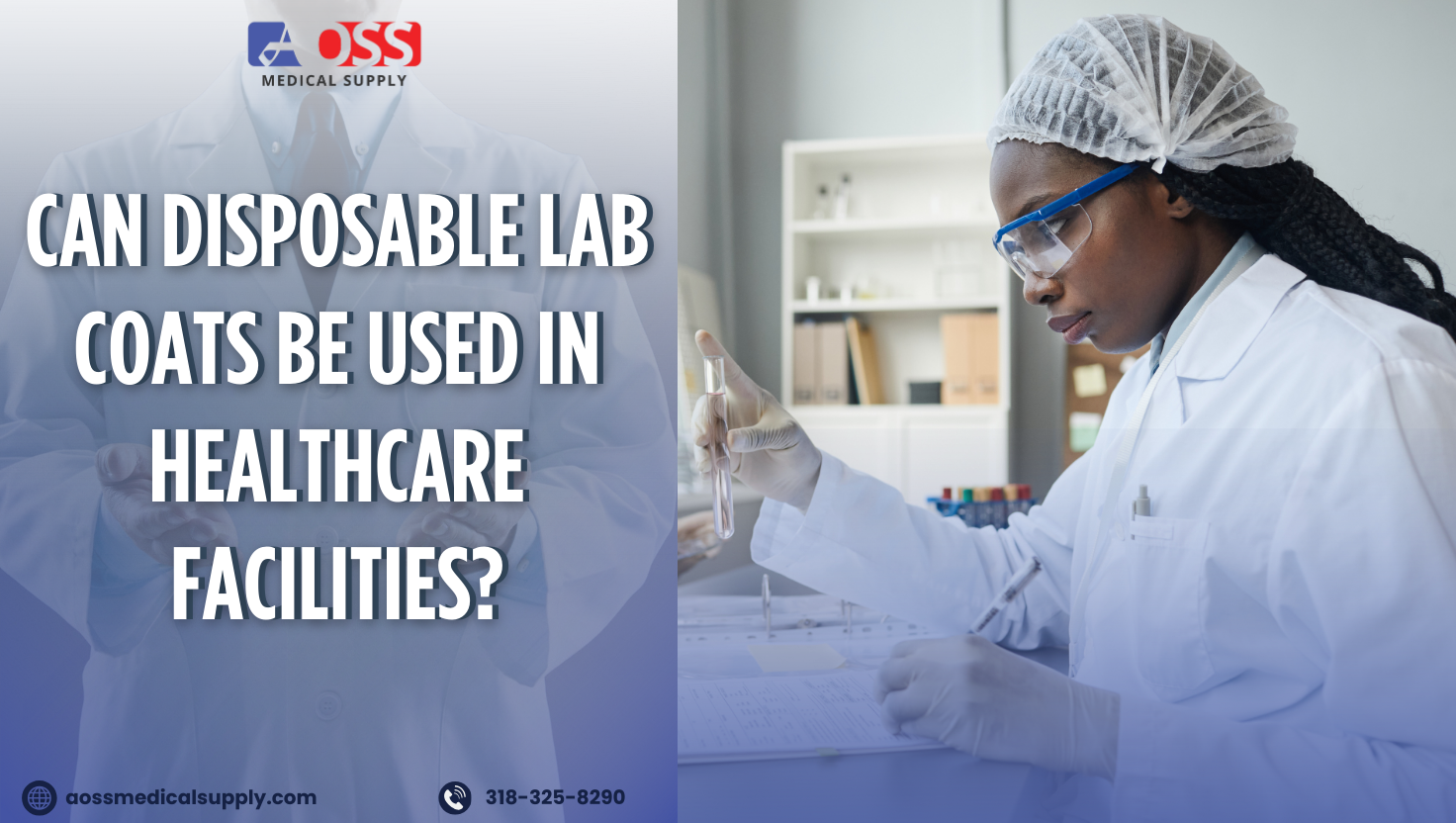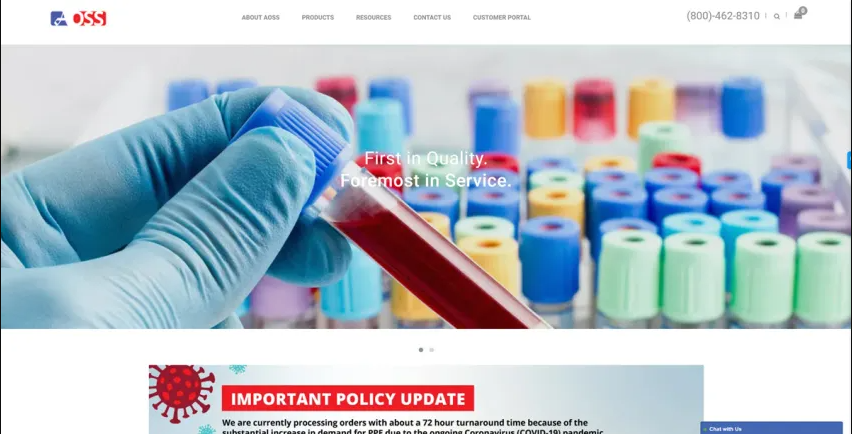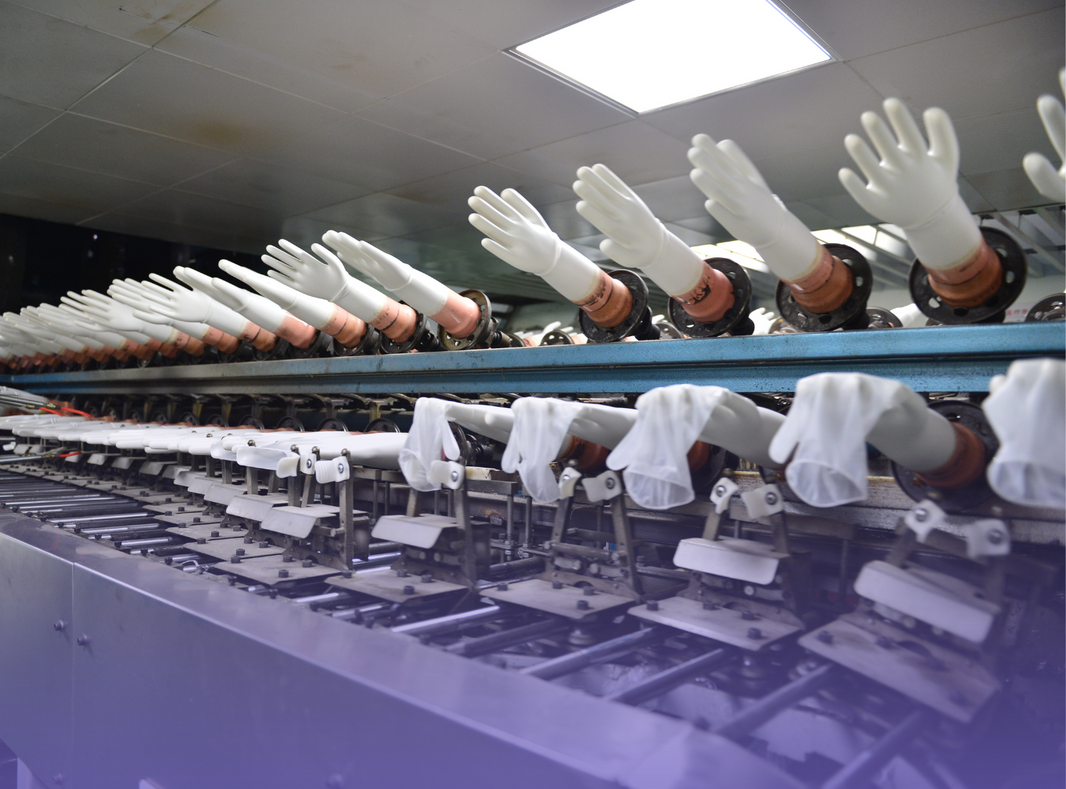If you’ve ever worked in a hospital, clinic, or even a small lab, you know how fast protective gear gets used up. Lab coats, especially. One minute you’ve got a full rack, and the next you’re digging through a supply closet hoping someone didn’t take the last clean one. That’s where disposable lab coats come in — and yes, they’re not just for science fairs or high school chem class anymore.
What Are Disposable Lab Coats Made Of?
Most of the ones you’ll see — like the 2XL white coats from AOSS Medical Supply — are made from spunbonded polypropylene. Sounds fancy, but it’s basically a lightweight, breathable material that holds up surprisingly well. It’s not going to feel like a tailored cotton coat, but it gets the job done without making you sweat buckets.
They’re designed to be worn once (or maybe a few times if you’re careful), and then tossed. No laundry. No bleach. No weird stains that never come out.
Check AOSS Medical product collections for more information.
Where Do They Actually Work in Healthcare?
You will see disposable lab coats in outpatient clinics, urgent care centers, nursing homes, and even some hospital departments. They are great for quick procedures, patient check-ins, or any situation where you need a barrier but don’t want to deal with laundry later.
If you are working in a high-risk surgical unit or dealing with hazardous materials, you’ll probably need something more heavy-duty. But for general use? These coats are solid.
Why Bother With Disposable?
Let's face it. Laundry is a hassle. Between having to wash, track, and rotate our reusable lab coats, time and money are burned away. The problem becomes unsolvable for disposable lab coats as you wear them, switch them out, and go on to the next one. Infectiology: The Journal of Nursing Home Apparel (2020) found that for workers in hospitals, laboratories, and even schools–in short, anyplace where people handle hazardous substances or operate machinery that might generate emissions of toxic gas--disposable lab coats help keep the place clean by stopping contaminants and toxic chemicals coming up from working surfaces onto oneself. Plus, they are lightweight and low-priced, suitable for use in academic, clinical, and pharmaceutical settings. Furthermore, they help control infection by preventing germs from being transported between rooms and remove any worry about improperly laundering them--so that they become a simple, reliable way to make cross-infections less likely.
Any Downsides?
Sure. They’re not built for comfort. If you’re wearing one for eight hours straight, you might wish you had something softer. And yeah, they’re not great for the environment. But if you’re using them strategically — like for short shifts or specific tasks — they make sense.
Also, sizing matters. If you’ve got staff who need 2XL or larger, make sure your supplier actually stocks those sizes. AOSS Medical Supply does, which is why a lot of clinics stick with them.
How to Choose the Right Supplier

Not all disposable lab coats are created equal. Some tear easily, some don’t fit right, and some just feel cheap. AOSS Medical Supply has a good reputation for quality and consistency. Their 2XL white coats come in packs of 10, and you can order them by the case, which is super helpful if you’re buying for a team.
They also carry other essentials like safety needles and syringes, surgical medical supplies, and clinical laboratory products, so you can stock up in one go.
Conclusion
If you’re running a healthcare facility and looking for a low-maintenance way to keep staff protected, disposable lab coats are worth considering. They’re not perfect, but they’re practical. And in a busy environment, practical wins.
FAQs
1. Are AOSS lab coats for laboratory procedures proper?
Yes. Lab coats are frequently used for testing and routine work in labs. If you work with chemicals or high-risk samples, you might require something more specialized, but for daily laboratory tasks, they're perfectly fine.
2. What can spunbonded lab coats defend against?
In terms of splash protection, dust, and overall hygiene, they work well. Sure, they won't halt a chemical spill in its tracks. Your clothes will stay clean, however, and diseases will not spread as easily.
3. In terms of preventing infection, do disposable lab coats work?
Absolutely. Given that you toss them out after use, there is less potential for transferring contaminants between patients or rooms. It is a simple way to cut down on risk, without being overly complicated about things.
4. Do hospitals use 2XL lab coats for staff uniforms?
Some do, especially for staff who need a roomier fit. Not everyone is built the same, and having larger sizes on hand shows you actually care about comfort and accessibility.
5. Does AOSS Medical Supply offer lab coats for large teams?
They do. You can order by the case, and they’ve got options for bulk purchasing. If you’re outfitting a whole department, they’ll make it easy.








